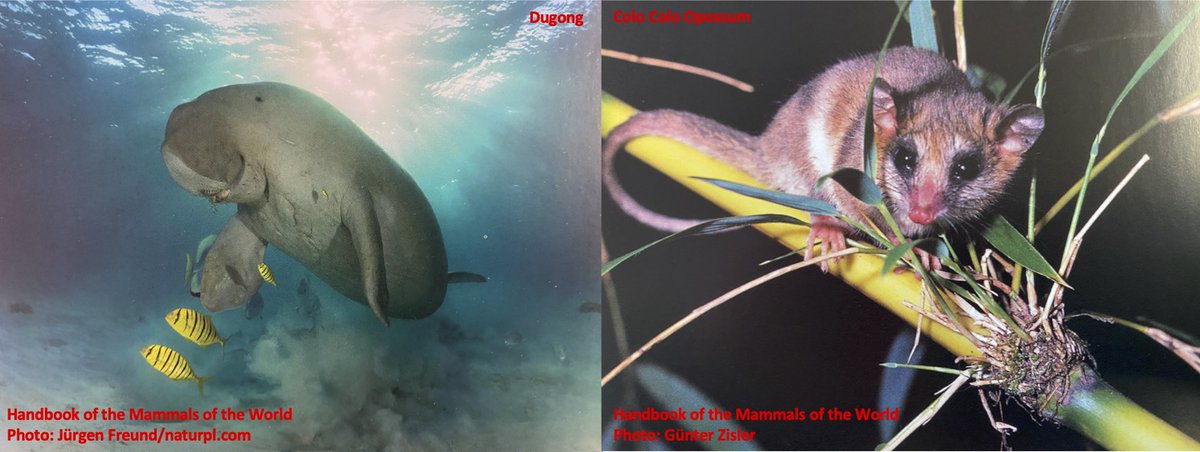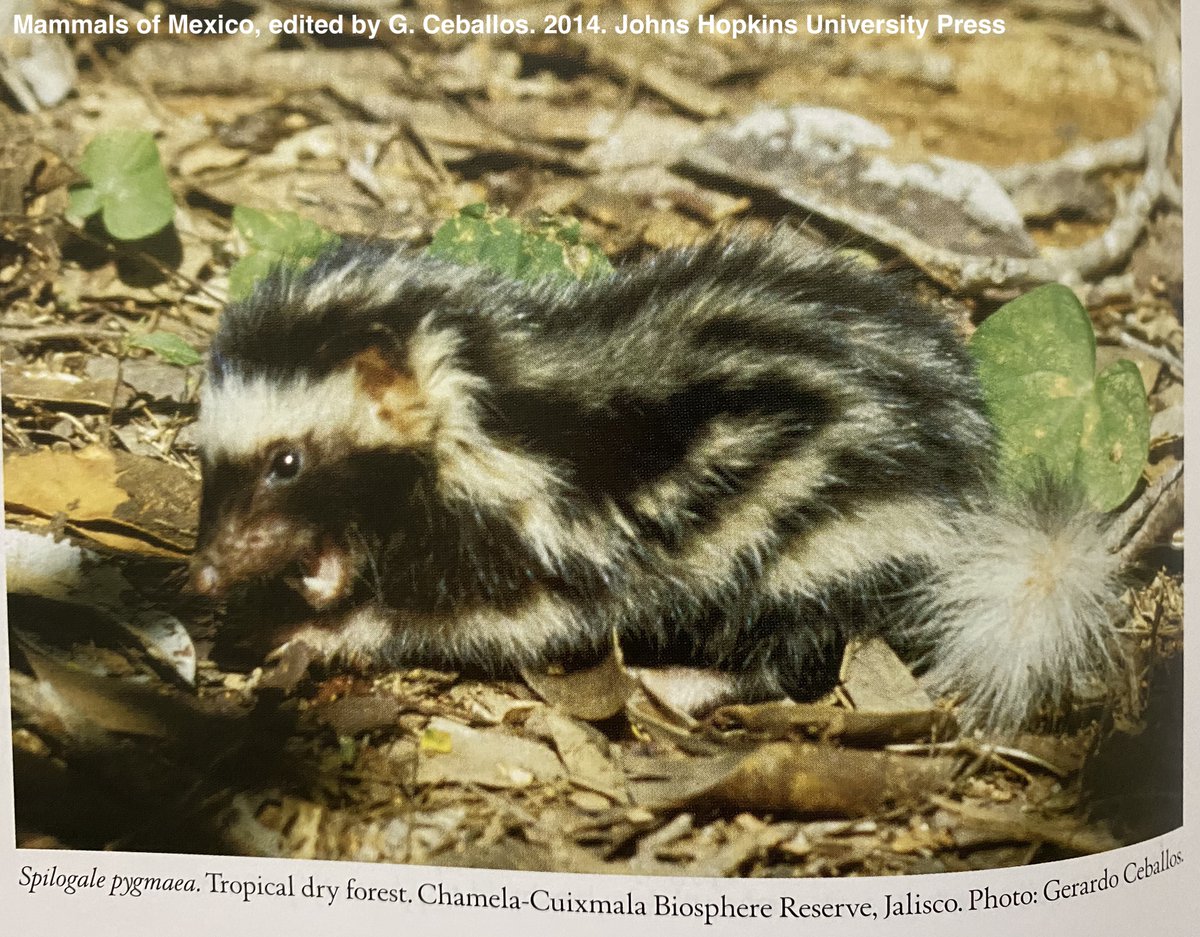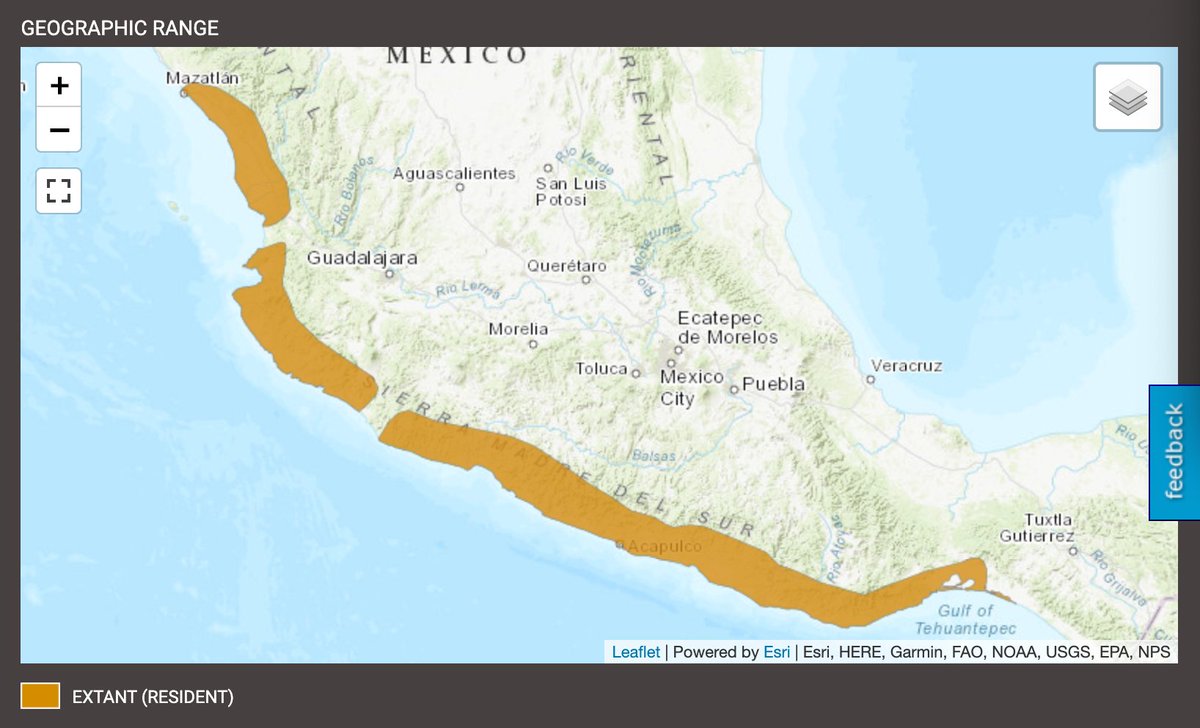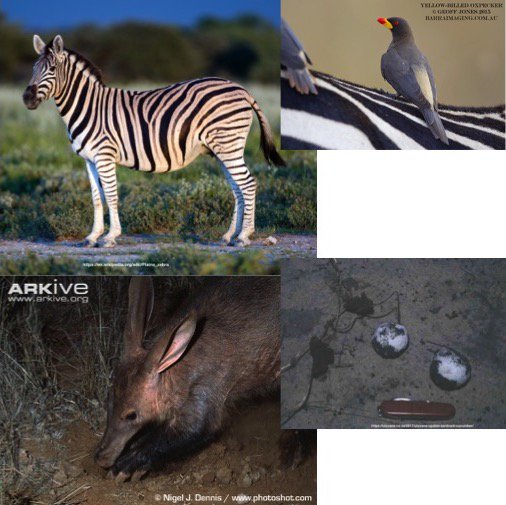
NEXT UP: No. 2 seed Midgardia Seastar (Midgardia xandaros) vs No. 7 seed Yeti Crab (Kiwa hirsuta). This battle is #TeamWork between myself & @Mammals_Suck #2021MMM 

In Norse mythology, Migard (Migardia) Serpent was the child of LOKI! Our Seastar's species name, xanderos, is Greek for fabulous sea monster. More about deep-sea starfish from #ActualLivingScientist @echinoblog here: echinoblog.blogspot.com/2008/10/brisin… [gif is Loki flipping knives] #2021MMM
Unfortunately, little is known about our long-legged creature of the deep. There are less than 20 specimens in natural history collections, most at the @TAMU Biodiversity Research & Teaching Collections #BRTC #CollectionsAreEssential #2021MMM 

Yeti Crab is a deep-sea #SquatLobster, specializing in the areas around hydrothermal vents. This preferred habitat is so deep that it is perpetually dark & Yeti Crab is likely blind. See how deep here: neal.fun/deep-sea/ (scroll down to 1650 m deep) #2021MMM
Although deep, the waters around hydrothermal vents are warm. Countless microorganisms such as bacteria live near these vents, obtaining nutrients & energy from methane & hydrogen sulfide by using chemosynthesis to change methane gas to glucose #2021MMM
Yeti Crab setae (hair-like bristles) provide an ideal surface to house & grow bacteria. These bacteria were observed in the original description of our Yeti Crab, Kiwa hirsuta (Macpherson et al. 2005; Figure part F). Learn more with @BizarreBeasts twitter.com/bizarrebeasts?… #2021MMM 

Tonight's battle takes place ~512m below the surface, off the coast of Texas in the Gulf of Mexico, where an actual specimen of Midgardia Seastar has been collected @GBIF gbif.org/occurrence/123…, the same specimen shown a few tweets ago #2021MMM 
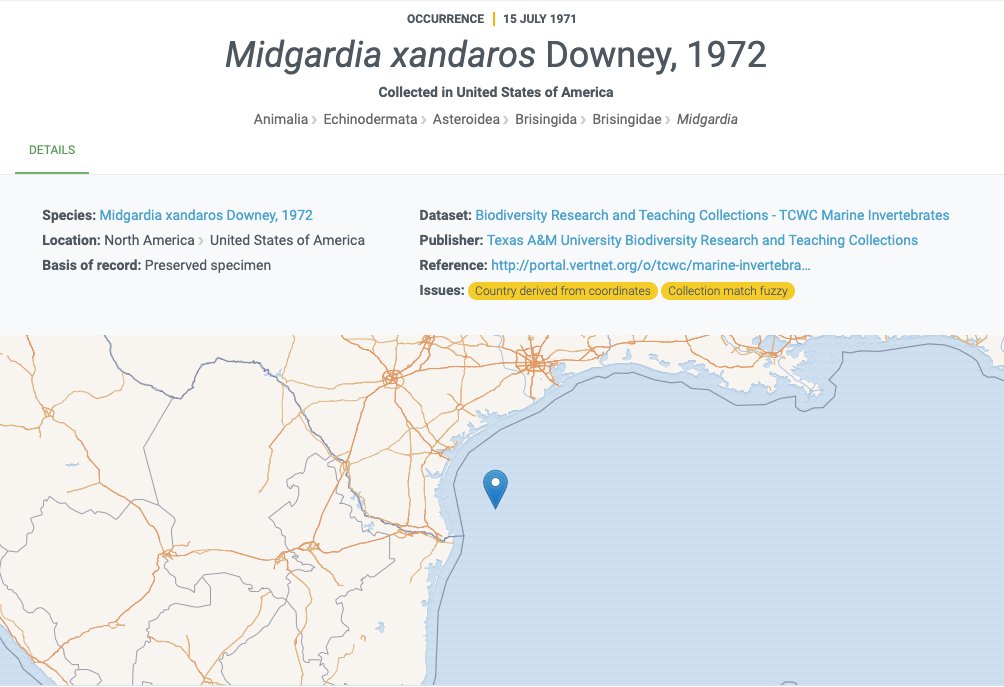
GULF OF MEXICO: Midgardia Seastar is sitting on the seafloor, its arms waving gently in the current. The center part of our seastar, the disc, is small & is where the mouth is located. Downey 1972 tinyurl.com/m9y6m3fa noted no trace of food in this region #2021MMM
Meanwhile at a HYDROTHERMAL VENT ~7300 km away on the vent site Annie’s Anthill in the Pacific Ocean (37°46.49’S, 110°54.72’W, 2228 m below the ocean's surface; MacPherson et al. 2005), Yeti Crab is hard at work #ArmFarming microbes #2021MMM 

HYDROTHERMAL VENT: Yeti Crab waves her claws through the water around the vent to provide more gases to help her bacteria grow (video: ) (Thurber et al. 2011 doi.org/10.1371/journa…) [video is Yeti Crab waving claws] #2021MMM
GULF OF MEXICO: Given the small mouth & lack of food in the digestive track, Downey (1972) hypothesized that "It is quite likely that this species, and possibly most of the Brisingidae, do not feed directly but absorb nutrients through the general body tissue" #2021MMM
HYDROTHERMAL VENT: The #MMMagic Battle Portal opens next to Yeti Crab to transport her to the Gulf of Mexico... But Yeti Crab is busy eating her episymbiont microbes!!! (Thurber et al. 2011) [video is Yeti Crab eating bacteria off of setae] #2021MMM
GULF OF MEXICO: The arms of Midgardia Seastar are quite unique: "Distally, the arms become extremely attenuate" or thin, ending in a plate armed with small spines "that looks like a tiny cat's paw with claws extended" (Downey 1972) [gif is cat claws] #CAT #2021MMM
HYDROTHERMAL VENT: Yeti Crab steps AWAY from the #MMMagic Battle Portal to continue #ArmFarming, too busy to battle. "Unplowed fields make hollow bellies; unread books make hollow minds" Farming AND Learning Proverbs, TOGETHER AT LAST #Forfeit #2021MMM
MIDGARDIA SEASTAR OUTLASTS YETI CRAB!!! #2021MMM
• • •
Missing some Tweet in this thread? You can try to
force a refresh



